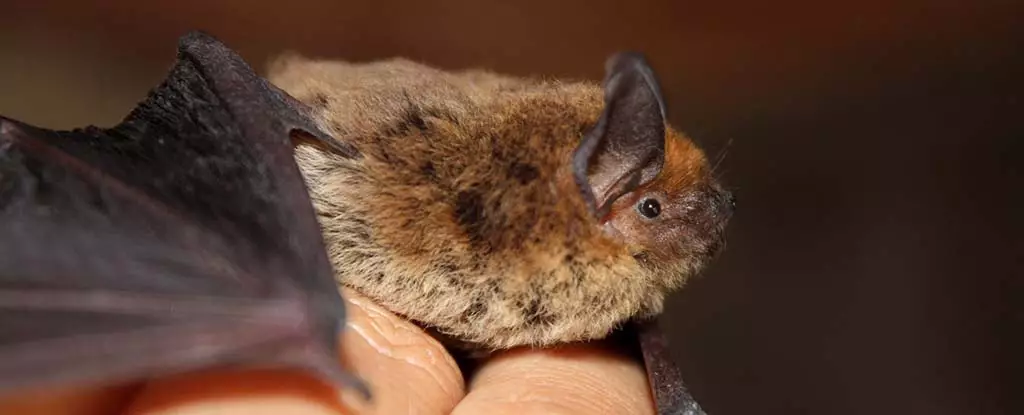The discovery of white-nose syndrome (WNS) in bats in 2006 marked the beginning of a devastating period for bat populations across the US. This fungal disease, caused by the fungus Pseudogymnoascus destructans, manifests as a fuzzy white substance growing on the bats’ snouts, noses, and ears. The repercussions of WNS have been significant, with bat mortality rates averaging above 70 percent since its initial detection. This decline in bat populations has not only affected the wildlife ecosystem but has also had far-reaching consequences on human wellbeing.
The Link Between Bat Decline and Human Infant Mortality
A recent study has shed light on the indirect impact of bat decline on human populations, particularly in North America. The study, conducted by ecological economist Eyal Frank from the University of Chicago, found a staggering connection between the loss of bats and an increase in human infant deaths. In regions where bat die-offs occurred due to WNS, pesticide use saw a significant rise as farmers sought alternative methods to combat crop pests. The study revealed that counties affected by bat die-offs experienced a 31 percent increase in pesticide use, leading to a decline in crop sales revenue by nearly 29 percent.
Frank’s research delved into the economic and health implications of the shift towards pesticide use in the absence of bats. The combined cost to farmers in WNS-affected communities was estimated to be US$26.9 billion between 2006 and 2017. Moreover, infant mortality rates due to internal causes of death rose by 8 percent in these counties, resulting in approximately 1,334 additional infant deaths. The study highlighted the detrimental effects of increased pesticide use on human health, emphasizing the vital role bats play in controlling insect populations and reducing the need for chemical solutions.
Frank’s findings underscore the critical importance of conserving bat populations for the greater good of society. As natural pesticides, bats contribute significantly to pest control in agricultural areas, reducing the reliance on harmful chemical interventions. The cost of protecting and preserving bat populations is far outweighed by the economic and health benefits they provide. By understanding the value that bats bring to our ecosystem, society can work towards sustainable practices that support the conservation of these essential mammals.
The study conducted by Eyal Frank highlights the intricate relationship between bat populations and human wellbeing. The decline of bats due to white-nose syndrome has led to unintended consequences, such as increased pesticide use and higher infant mortality rates. Moving forward, it is imperative to recognize the crucial role bats play in maintaining ecological balance and explore conservation efforts to safeguard their populations. By prioritizing the preservation of bats, we can nurture a healthier environment for both wildlife and humans alike.


Leave a Reply